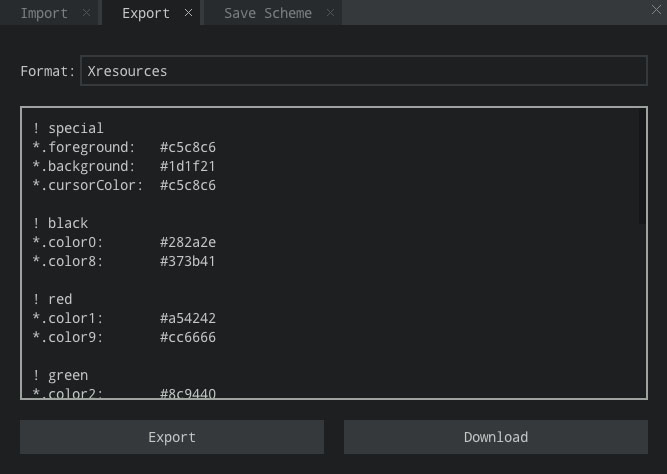

But it has some limitations which you might have faced while performing various tasks.

The terminal is the default emulator in most of the Linux distros, and it is used for various tasks like programming, system administration, network monitoring, etc.
#Terminal vs uxterm vs xterm software#
There are many user-friendly graphical distros like Software Centre and Integrated Development Environments available for Linux, but many users prefer the terminal to perform tasks quickly and efficiently. It is one of the most used tools by Linux users. When it comes to command line tasks, Terminal Emulator is the heart of the Linux system. And note some of the files mentioned there could be empty.“The reason many people use Linux is the application programming, system administration and other command line tasks.


Try following #Load resource file and #xinitrc from above. It is not rare for xrdb -query to output nothing. Font configuration#Applications without fontconfig supportĭisplay managers such as GDM may use the -nocpp argument for xrdb.Color output in console#Terminal emulators.Refer to the man page of the application in question otherwise. The following samples should provide a good understanding of how application settings can be modified using an Xresources file. If you want to get the value of a resource (for example if you want to use it in a bash script) you can use xgetres AUR: If files fail to load, specify the directory to xrdb with the -I parameter. ~/.Xresources #include ".Xresources.d/xterm" To use different files for each application, use #include in the main file. Note: You need to have a C preprocessor, such as GNU CPP, installed to use this functionality. Note that the exclamation mark must be the first character on the line. ! The following rule will be ignored because it has been commented out Lines starting with an exclamation mark ( !) are ignored, for example: *headingFont: -*-fixed-bold-r-*-*-*-100-*-*-*-*-iso8859-1įor more information about wildcard matching rules see XrmGetResource(3) § MATCHING_RULES. If you want to apply this same rule to all programs that contain the resource headingFont, regardless of its class, you could write: Using the previous example, if you want to apply the same font to all programs (not just XScreenSaver) that contain the class name Dialog which contains the resource name headingFont, you could write: ? is used to match any single component name, while * is used to represent any number of intervening components including none. Question mark ( ?) and asterisk ( *) can be used as wildcards, making it easy to write a single rule that can be applied to many different applications or elements. Note: For more information about Xresources file syntax see XrmGetDatabase(3) § FILE_SYNTAX. A colon ( :) is used to separate the resource declaration from the actual value. ) is used to signify each step down into the hierarchy - in the above example we start at name, then descend into Class, and finally into the resource itself. String (a string of characters) (for example a word ( white), a color ( #ffffff), or a path ( /usr/bin/firefox))ĭelimiters A dot (.Resources are typically lowercase with uppercase concatenation. resource The name of the resource whose value is to be changed. Name The name of the application, such as xterm, xpdf, etc class The classification used to group resources together. The syntax of an Xresources file is as follows: Reason: XScreenSaver 6.0 uses which does not fit the "" scheme described here.


 0 kommentar(er)
0 kommentar(er)
